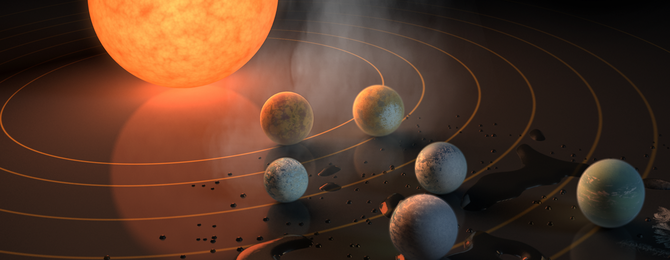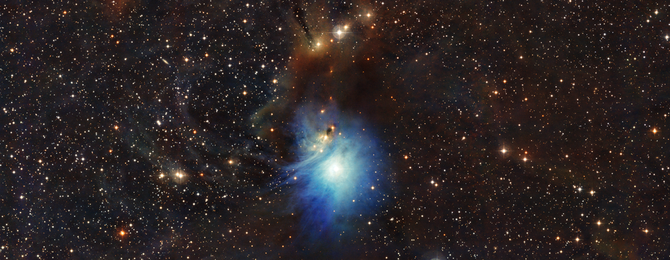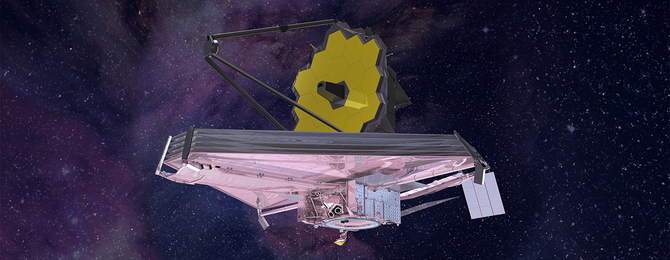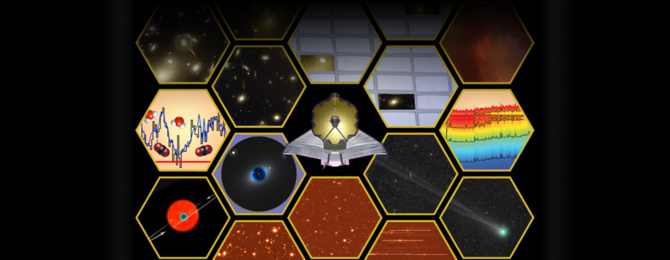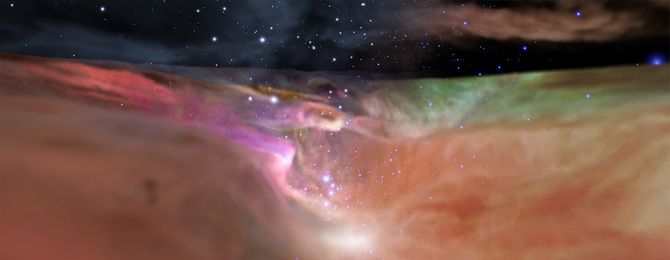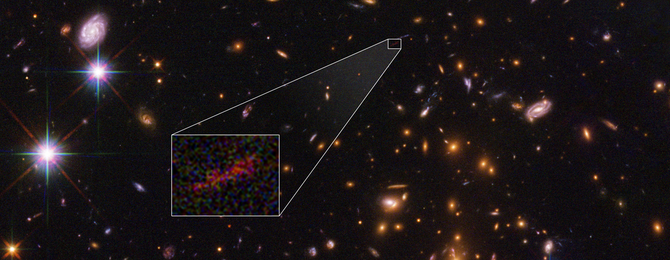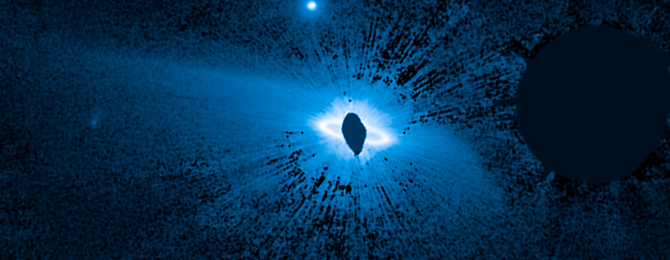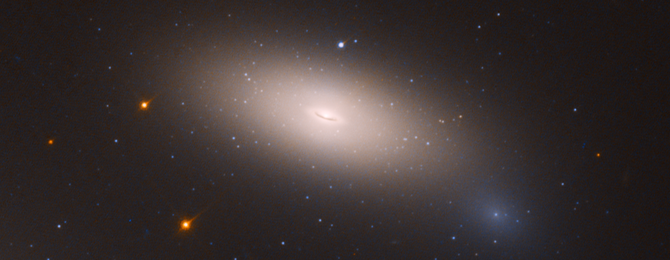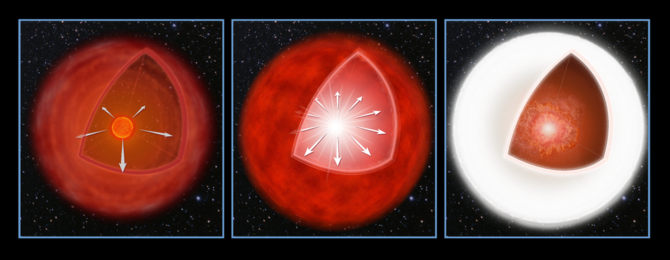Robby
Helper Bot
NASA's James Webb Space Telescope to Reveal Secrets of the Red Planet
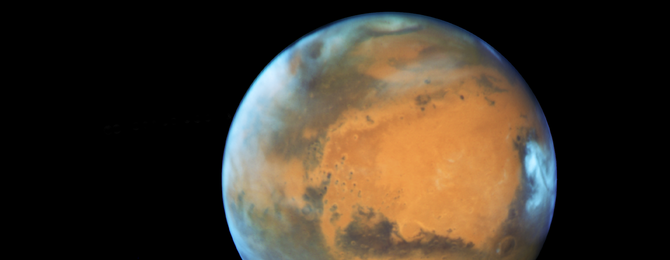
Mars rovers and orbiters have found signs that Mars once hosted liquid water on its surface. Much of that water escaped over time. How much water was lost, and how does the water that’s left move from ice to atmosphere to soil? During its first year of operations, NASA’s James Webb Space Telescope will seek answers. Webb also will study mysterious methane plumes that hint at possible geological or even biological activity.
(More at HubbleSite.com)

Mars rovers and orbiters have found signs that Mars once hosted liquid water on its surface. Much of that water escaped over time. How much water was lost, and how does the water that’s left move from ice to atmosphere to soil? During its first year of operations, NASA’s James Webb Space Telescope will seek answers. Webb also will study mysterious methane plumes that hint at possible geological or even biological activity.
(More at HubbleSite.com)

